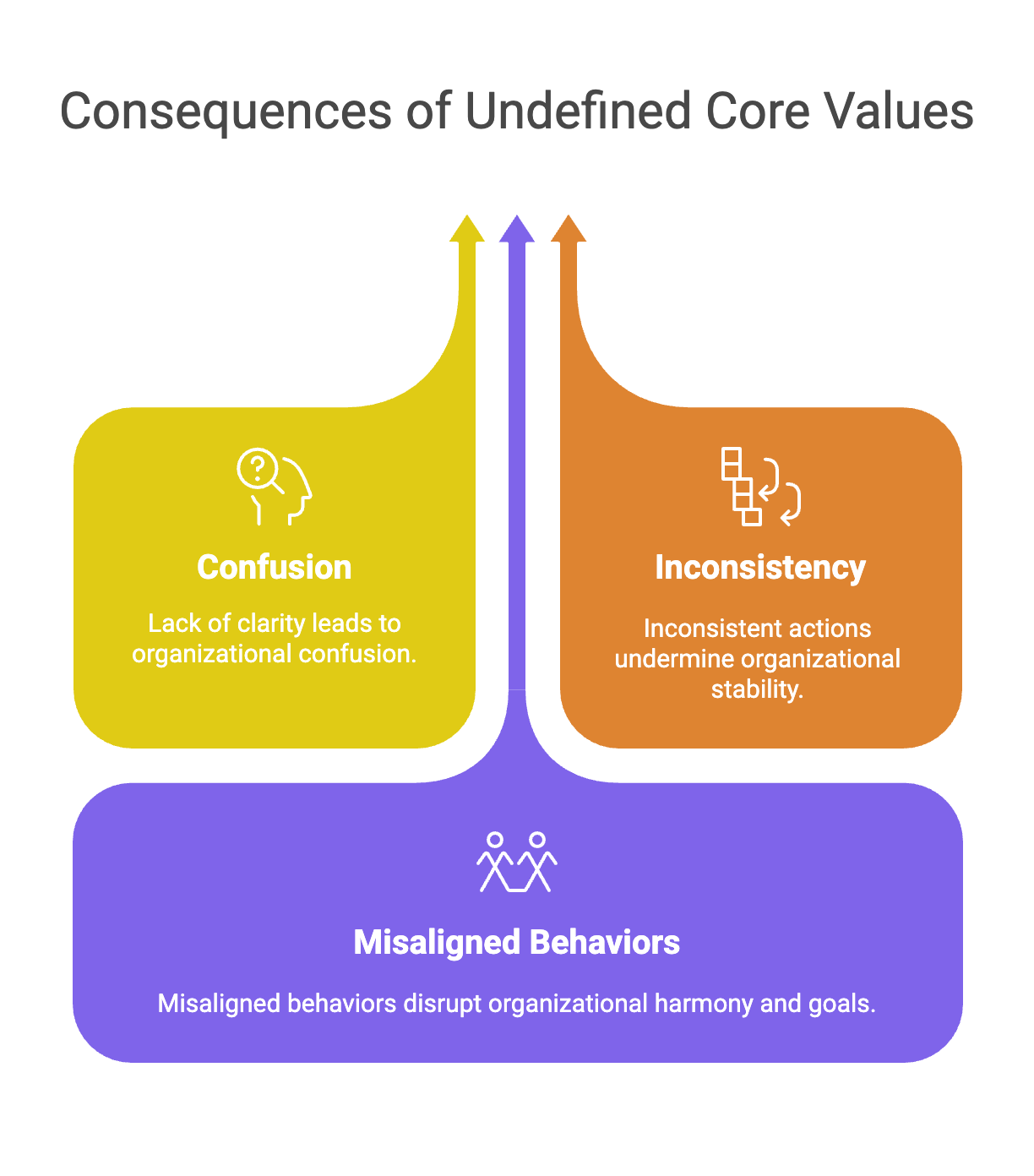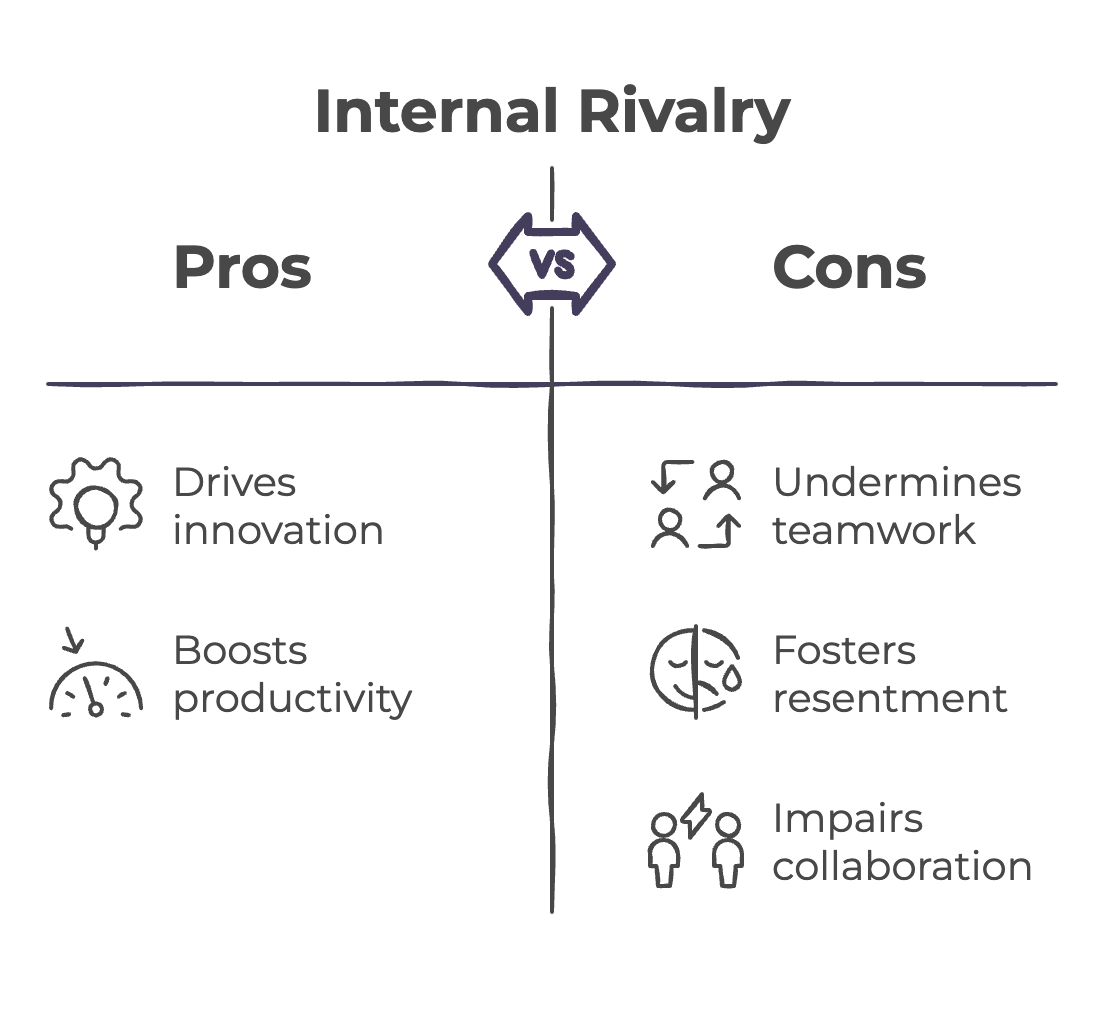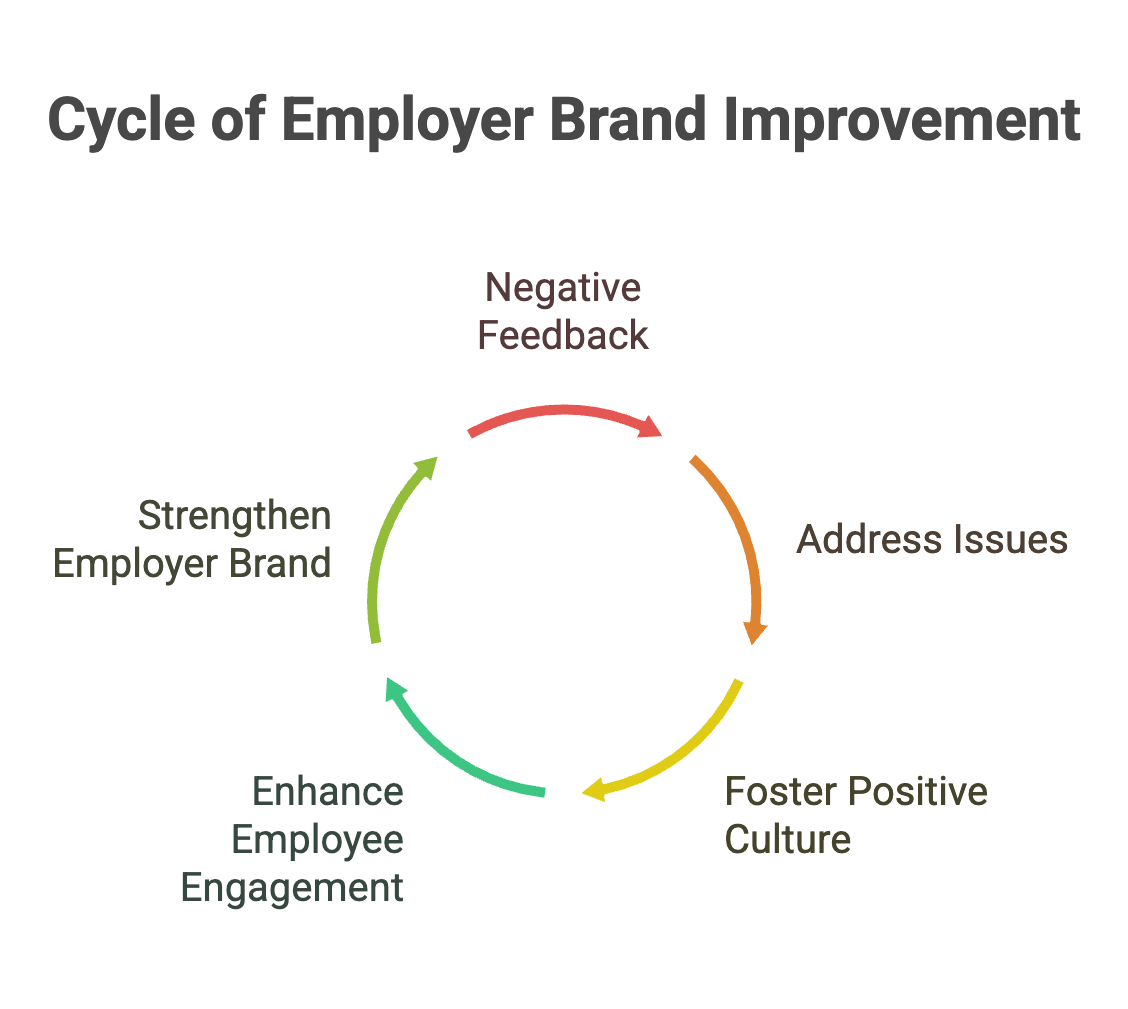Key Findings:
- Toxic company culture leads to low morale, high turnover and decreased productivity
- Common red flags include poor communication, lack of recognition, excessive workloads and disconnected leadership
- Real-world examples from Uber, Amazon and Forever 21 show how bad culture can damage reputation and performance
- Fixing culture requires clear values, open communication, employee recognition and leadership accountability
Struggling with low morale and productivity? A negative company culture might be to blame.
This article explores the top ten indicators, providing examples to help you identify and remedy these issues, so you can foster a healthier and more productive workplace.
Recognizing the Signs of Toxic Culture
Identifying a toxic workplace is the first step toward meaningful change.
Below are key indicators that suggest cultural dysfunction, along with actionable solutions to begin reversing the damage:
1. Undefined core values
When an organization lacks clearly defined and communicated core values, it creates confusion and inconsistency.
Employees may not understand what the company stands for and this can lead to misaligned behaviors.
To solve this, involve employees in developing authentic core values that reflect the company's vision and ethos.
In addition, regularly reinforce these values through internal communications, performance reviews and leadership behavior.

2. Disconnected leadership
When leaders fail to embody the company’s stated values, it creates a gap between management and staff. This disconnect fosters mistrust, disillusionment and low morale.
Solutions include:
- Ensure leaders model the values they expect from others.
- Implement leadership training and accountability frameworks to align behavior across all levels of the organization.
3. Gossip and negative talk
Persistent gossip and cliques erode trust, hinder collaboration and create hostility, isolating employees and damaging morale.
Solutions can include fostering transparency and promoting team-building to enhance trust.
4. High employee turnover
Frequent resignations signal deep cultural or leadership issues, further disrupting continuity, raising hiring costs and damaging the company's reputation.
To prevent high employee turnover, conduct candid exit interviews to gather insights into why employees leave and use the feedback to drive improvements and prioritize retention strategies.
5. Unhealthy competition
Excessive internal rivalry undermines teamwork and fosters resentment, impairing collaboration.
One solution to this problem is to focus on shared goals, celebrate collaborative achievements and emphasize teamwork in recognition programs and reviews.

6. Chronic tardiness and absenteeism
According to the Bureau of Labor Statistics, absences are defined as when full-time workers (35+ hours/week) work less than 35 hours during the reference week.
Unplanned absences or frequent lateness might reflect disengagement, burnout or dissatisfaction with the work environment.
Solutions can include:
- Identify root causes through one-on-one check-ins.
- Offer flexible work options, such as work from home arrangement, and additional support systems to help employees manage personal and professional challenges.
7. Ignoring employee well-being
A culture that normalizes skipped breaks, unpaid overtime or constant availability often leads to burnout and decreased morale.
Avoid this by encouraging regular breaks, limiting after-hours communication and providing wellness programs and mental health resources.
8. Insufficient recognition or acknowledgement
Failing to acknowledge effort and achievement creates resentment and disengagement. Employees who feel invisible may reduce their contributions or seek opportunities elsewhere.
To address these issues, implement frequent and meaningful recognition practices, whether formal or informal.
Managers can also highlight individual and team accomplishments during meetings, newsletters and internal channels.
9. Excessive workloads
Consistently working long hours or weekends might be a sign of poor planning or unrealistic expectations. Over time, this can really lead to burnout and high turnover.
To resolve this, regularly assess workload distribution and team capacity and equip managers with tools and support to prioritize and reallocate tasks as needed.
10. Negative public perception
Negative reviews and testimonials can damage a company’s reputation, deterring potential talent.
A weakened employer brand often reflects deeper problems with leadership, employee engagement and overall workplace experience.
Management can address these issues by fostering a positive culture that employees support and by actively responding to negative feedback with visible, meaningful changes.

What Constitutes Bad Company Culture?
Bad company culture arises when an organization neglects to cultivate a supportive, inclusive and engaging work environment.
It often stems from several core issues, including poor management practices, ineffective communication and a lack of defined values.
Key Characteristics of Bad Company Culture
A toxic workplace culture can cripple even the most promising organizations, draining productivity, morale and innovation.
The following traits are clear indicators of a harmful work environment:
- Lack of core values: Without clearly defined and consistently upheld principles, employees might feel confused and disconnected from the organization’s mission.
- Poor communication: When communication is inconsistent, unclear or top-down only, it leads to misunderstandings, duplicated efforts and growing frustration among teams.
- High turnover rates: Frequent departures often reflect deeper issues such as lack of growth opportunities, poor management or a toxic atmosphere.
- Burnout: Persistent overwork, unclear boundaries and unrealistic expectations contribute to chronic stress, reduced engagement and declining performance.
- Toxic leadership: Leaders who micromanage, show favoritism or fail to lead with empathy can poison team dynamics and silence employee voices.
Real-World Examples of Bad Company Culture
The impact of toxic workplace culture becomes crystal clear when examined through real-world examples.
These case studies illustrate how poor cultural practices can harm employee morale, damage reputations and ultimately affect business performance.
Case study: Uber
Uber has faced widespread criticism over its internal culture, often described as hyper-competitive, aggressive and results-driven at any cost.
High-profile reports of harassment and discrimination painted a picture of a workplace that prioritized growth and performance over employee well-being and ethical standards.
The fallout led to executive resignations, reputational damage and a public reckoning that forced the company to overhaul its cultural practices.
Case study: Amazon
Amazon’s corporate culture has frequently been associated with extreme performance expectations and a demanding work environment.
While the company has seen commercial success, many employees have described the culture as “bruising” and unsustainable.
Reports of long hours, limited work-life balance and high internal pressure have contributed to increased burnout and elevated turnover rates, particularly in warehouse and corporate settings.
Case study: Forever 21
Forever 21, the fast-fashion retailer, has faced multiple lawsuits and employee complaints over poor working conditions and insufficient benefits.
Criticisms centered on the company’s prioritization of profits over people, resulting in a workplace culture marked by low morale, high stress and limited employee support.
These issues contributed to the company's financial struggles and its initial bankruptcy filing in 2019, followed by a second bankruptcy filing recently.
How To Cultivate a Positive Company Culture
Transforming a toxic workplace into a thriving, supportive environment requires intentional effort and a shared commitment from leadership and employees alike.
The following strategies provide a roadmap for building and sustaining a healthy company culture:
1. Define and communicate core values
Establishing clear, meaningful core values lays the foundation for company culture.
Engage employees in the process to ensure alignment and a shared sense of purpose. Reinforce these values consistently through policies, behaviors and internal communications.
2. Foster open communication
Create a culture of transparency by encouraging honest dialogue across all levels of the organization.
Offer multiple channels for feedback, such as surveys or regular one-on-ones, and act on that input to build trust and engagement.
3. Prioritize employee well-being
Support your team’s mental health and work-life balance by investing in wellness programs, flexible scheduling and access to counseling or stress management resources.
4. Recognize and reward contributions
Implement structured recognition programs that celebrate both individual accomplishments and team milestones.
Regular acknowledgment of effort and impact reinforces a culture of appreciation and motivates continued high performance.
5. Encourage collaboration
Facilitate teamwork through cross-functional projects and collaborative platforms. Plan team-building activities that promote mutual respect, creativity and strong working relationships among employees.
6. Lead by example
Leadership plays a critical role in shaping culture.
Leaders must consistently model the behaviors, ethics and values they expect from others. Hold managers accountable for creating inclusive, respectful and growth-oriented environments.
7. Conduct regular culture audits
Periodically evaluate your company’s cultural health through employee surveys, pulse checks and feedback tools.
Use this data to identify gaps, monitor progress and adapt strategies to evolving employee needs and expectations.
Why You Should Prevent a Bad Company Culture
A positive culture dramatically reduces turnover rates as employees are more likely to remain with a company that values and engages them.
This stability saves on hiring and employee training costs and preserves institutional knowledge.
Furthermore, a good company culture boosts morale and motivation. Happy and motivated employees tend to perform better, leading to favorable outcomes and exceptional company performance.







Loading comments...